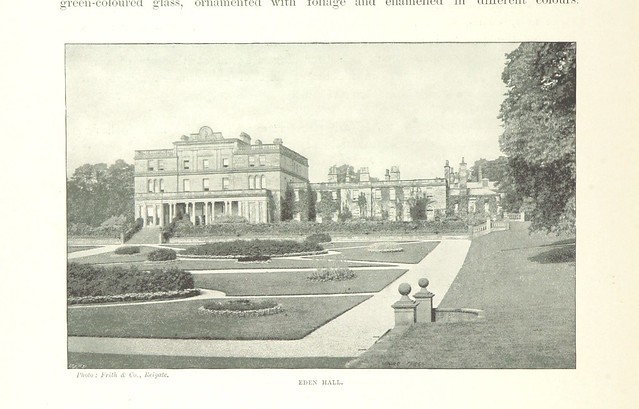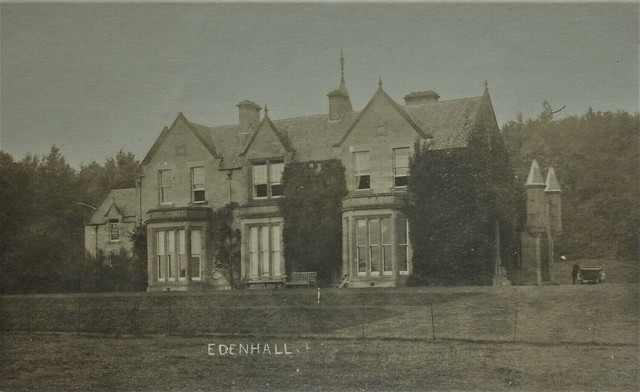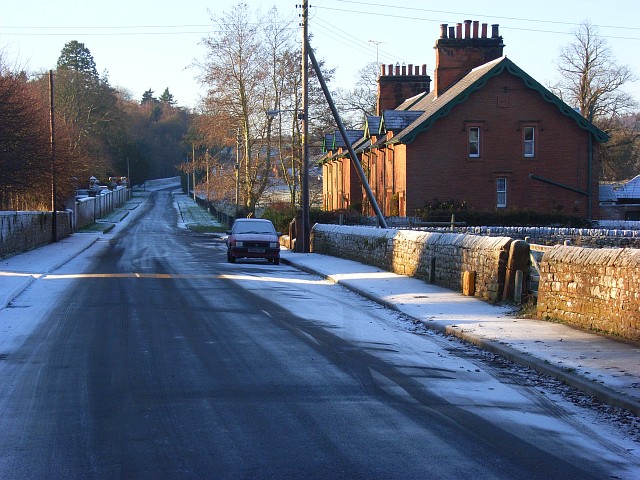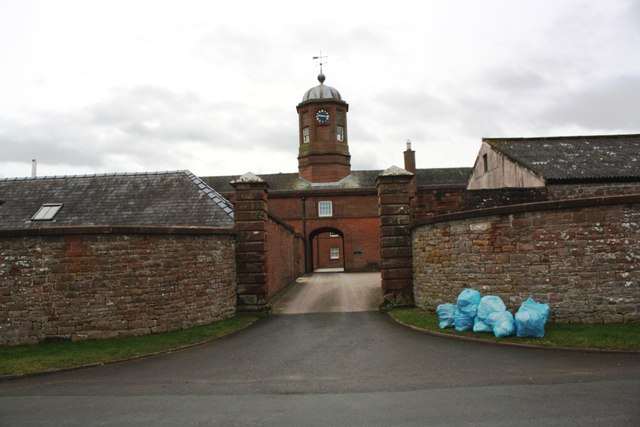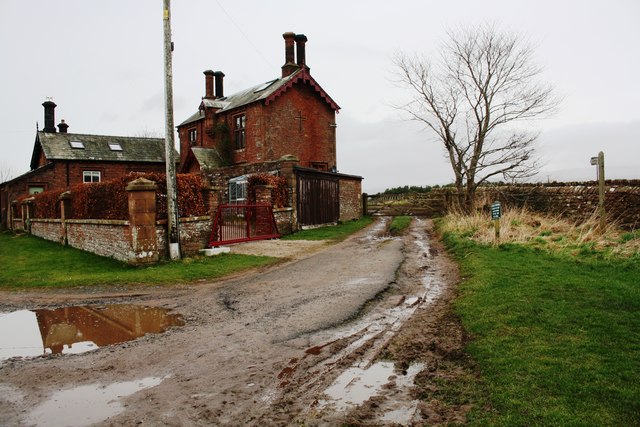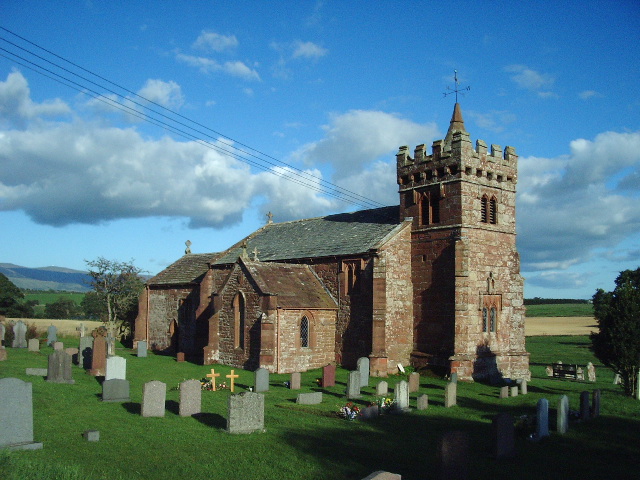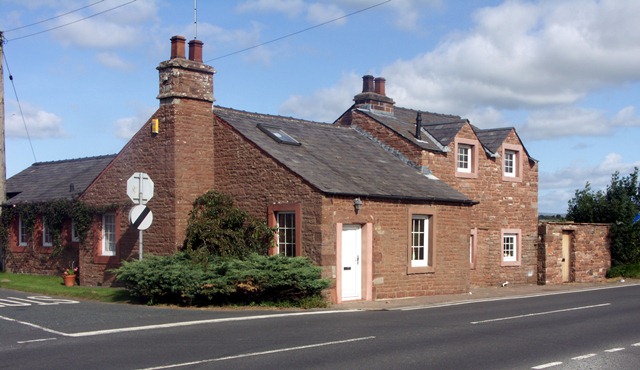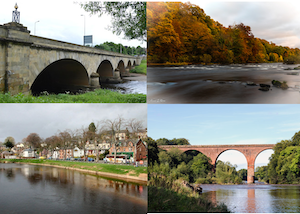Edenhall
Edenhall is a village in the Eden district of Cumbria, located about 3½ miles north-east of Penrith and a mile south-west of the village of Langwathby. The village is situated by the River Eden and it's name derives from the former Eden Hall country house here, which had been ancestral home of the Musgrave family. The hall was rebuilt twice during the 19th century; it was demolished in 1934; though the courtyard, stables and some of the other estate buildings remain. St Cuthbert's Church at Edenhall dates from the 12th century. Historically, the ancient parish of Edenhall was in the old county of Cumberland. From 1866 Edenhall was also a civil parish, until 1934, when it became part of Langwathby Civil Parish.
Edenhall is a clustered village in the south-west of the civil parish of Langwathby, 800m to the north in the Eden district, in the county of Cumbria, England. Edenhall has a church called St Cuthbert's Church. The name Edenhall originates from Eden Hall house, the seat of the Musgrave family of Hartley Castle, Cumberland many of whom were members of the House of Commons. In 1931 the civil parish had a population of 216. On 1 April 1934 the civil parish was merged into Langwathby.
Eden Hall
The original Eden Hall was extended in the 1700s from materials salvaged from the demolition of Hartley Castle, the ancestral home of the Musgrave family. It was rebuilt in 1821 employing the architect Sir Robert Smirke and rebuilt again in white stone in an Italianate style in the late 1860s. The hall was sold in the early 1900s, when the Musgrave family moved to London, and was demolished in 1934, leaving its 19th-century courtyard of stables and coach houses which has been divided into seven properties retaining some stables.
The hall was noteworthy as the home of the Luck of Eden Hall, an enamel and gilt glass beaker from the 14th century, once owned by the Musgrave family and currently in pristine condition. While reputedly stolen from the fairies during its history, it is actually an Islamic piece dating from the 14th century. It is now in the Victoria and Albert Museum in west London.
